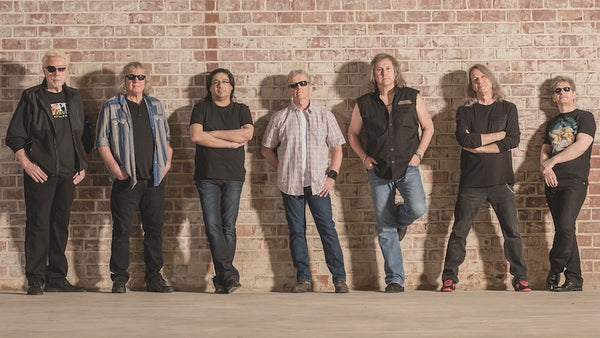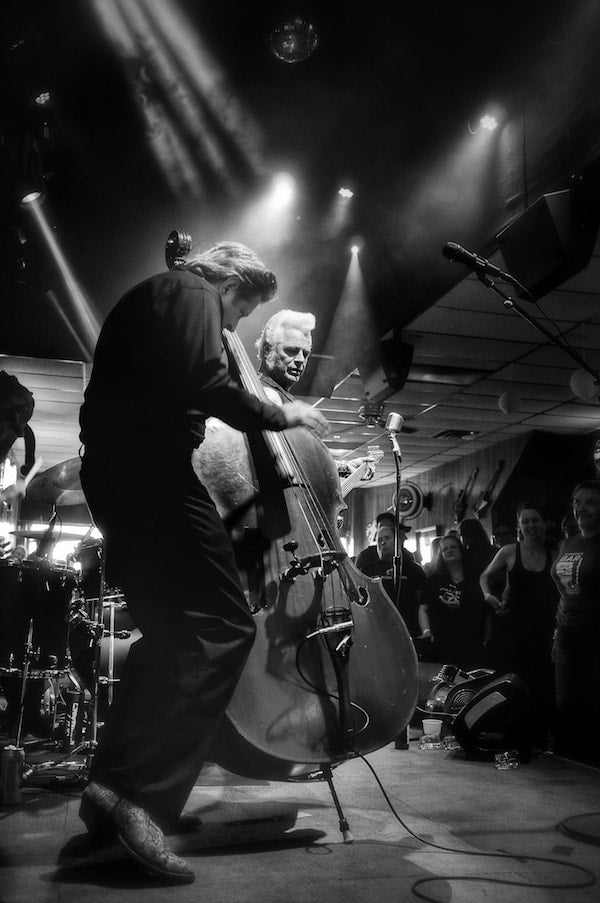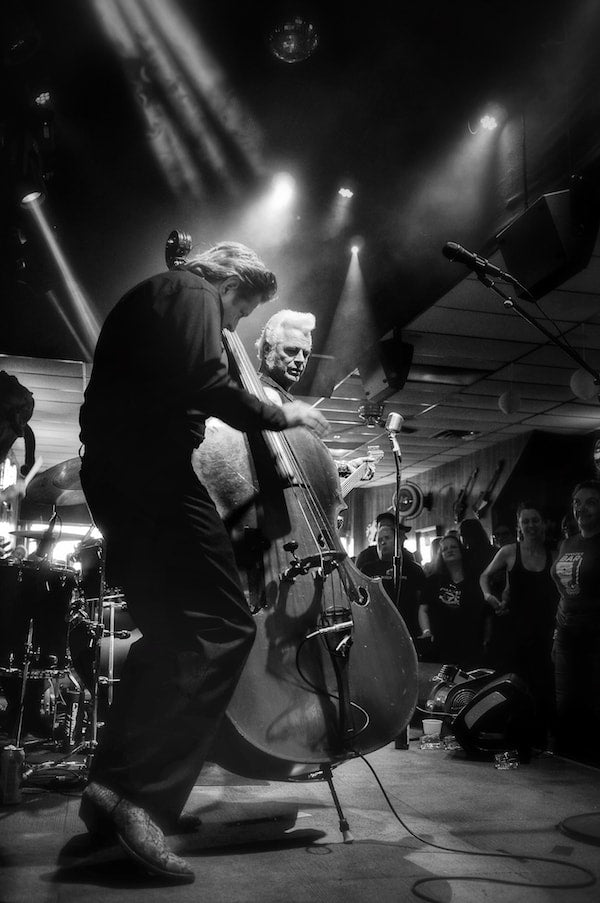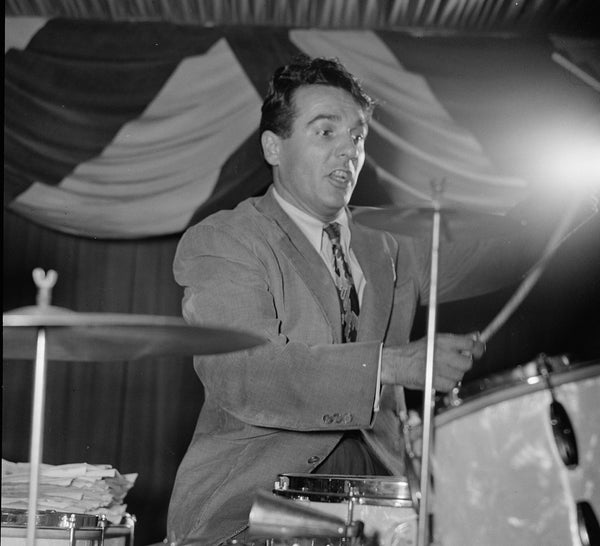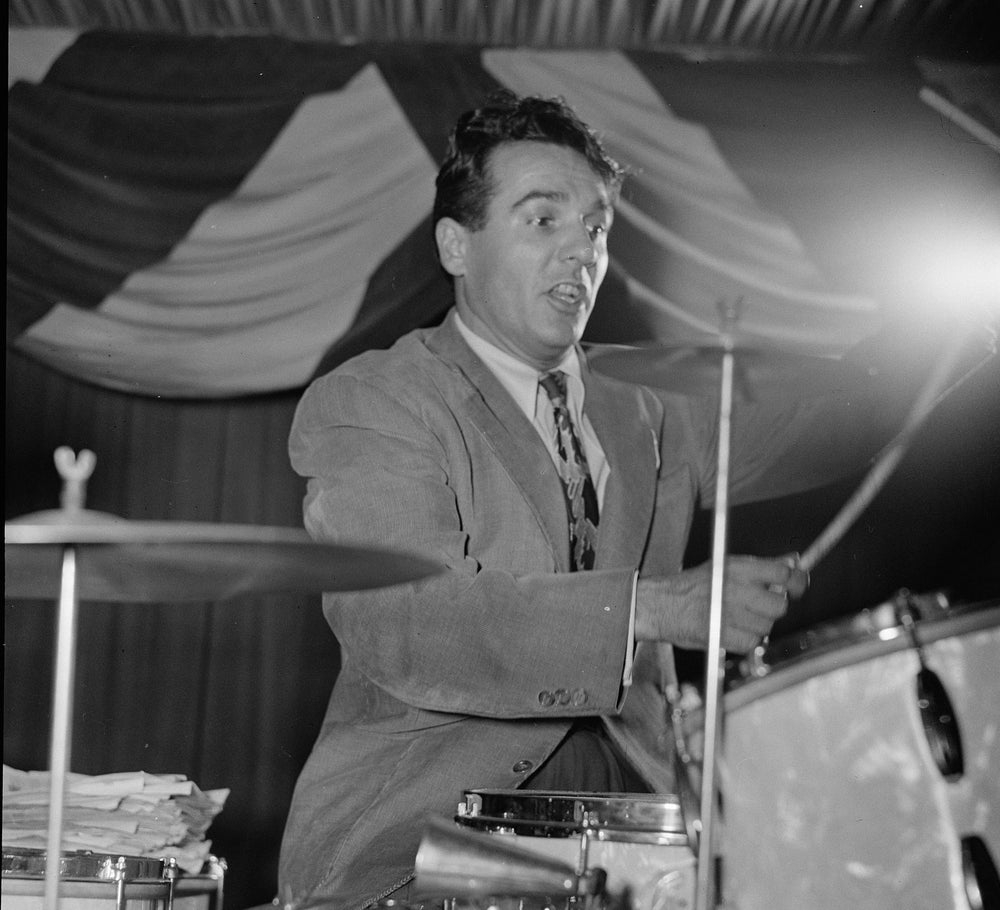There are many more American progressive rock bands than you might think – and a surprising number are from the Midwest. The biggest, in terms of commercial success and recognition, is
Kansas. If you only know their hits, “Dust in the Wind,” or “Carry On Wayward Son,” you really haven’t heard their progressive side. Of course, the name
Kansas isn’t exactly your typical prog band appellation.
KANSAS: I was working in a record store in San Francisco when their self-titled first album was released. A co-worker put it on the store system, and by the end of the first side, I was a fan. Two lead guitarists (Kerry Livgren and Rich Williams), a keyboard player/vocalist (Steve Walsh), a violinist (Robbie Steinhart), and a great rhythm section (Dave Hope on bass and Phil Ehart on drums) – what’s not to like? The two opening tracks were up-tempo rockers followed by a ballad, “Lonely Wind,” that didn’t really hint at what was to come. Neither did “Belexes,” but when they closed out the side with “Journey From Mariabronn,” a nearly eight-minute epic, they were clearly on their way.
httpv://www.youtube.com/watch?v=QLECH2T2b5k
The title track from their second album,
Song for America, was further evidence of the progressive direction the band would take. “Lamplight Symphony” and “Incomudro – Hymn to the Atman” are the other prog epics on that album.
httpv://www.youtube.com/watch?v=7q-9P0Y0e2s
Masque was their third LP, and it contains one of their best compositions, “Icarus – (Born on Wings of Steel),” along with “The Pinnacle.”
httpv://www.youtube.com/watch?v=Kesio4k-dMU
Speaking of pinnacles, the fourth
Kansas album,
Leftoverture, was a high point, chock-full of progressive epics. It is ranked #32 on
Rolling Stone’s list of “50 Greatest Prog Rock Albums of All Time” (not that I put much stock in their opinion when it comes to progressive rock). Listen to the passage in “Miracles Out of Nowhere” from 2:22-2:50 and that same point (!) in “Opus Insert” – they must have been listening to
Gentle Giant.
httpv://www.youtube.com/watch?v=D13zs5z3wnQ&list=PL6ogdCG3tAWgm_E93hTUSS3cUOsBBCd4K&index=4
httpv://www.youtube.com/watch?v=nfos2mrBJj8&list=PL6ogdCG3tAWgm_E93hTUSS3cUOsBBCd4K&index=5
The success of “Carry On…” set them on a more commercial path.
Point of Know Return, their follow-up album, yielded another huge hit in “Dust in the Wind.” A number of personnel changes followed, including the addition of
Dixie Dregs guitarist Steve Morse (who later became a member of
Deep Purple).
BABYLON: This band came from St. Petersburg, Florida, and released their only studio album in 1978. A couple of lo-fi live albums were released a decade later. They were clearly influenced by the likes of
Genesis,
Gentle Giant, and
Happy the Man (see below), and had the classic five-piece prog lineup of keyboards, guitar, bass, drums, and vocals.
httpv://www.youtube.com/watch?v=RIS8wYJz1Bc
DIXIE DREGS (later shortened to
The Dregs): What an unlikely name for a band with prog tendencies! Guitar, keyboards, strings, bass, and drums come together in a fusion of rock, bluegrass, and jazz that is quite unique. Check out “Odyssey” from their second LP,
What If:
httpv://www.youtube.com/watch?v=9EHgZUSCLDk
After
The Dregs had disbanded, I saw former members Steve Morse and Rod Morgenstein (with a bass player) as the
Steve Morse Band and was blown away. The guitar and drums were in sync on a level I hadn’t seen before or since.
DJAM KARET: As much an instrumental jam band with wildly diverse influences as they are progressive, California’s Djam Karet began in 1984 as a more guitar-oriented quartet. They became a quintet in the early 2000s, incorporating more keyboards. They are still working, and have produced 19 albums. Here’s a track from their 2005 release,
Recollection Harvest:
httpv://www.youtube.com/watch?v=CjP3UkFSBms
ENCHANT: Re-discovering this band made me glad I decided to write this piece. I knew some of the band members when I was working at a record store in the East Bay, but hadn’t listened to them in many years. They were originally called
Mae Dae, with a different vocalist. Strong vocals from Ted Leonard (who later joined
Spock’s Beard), searing guitar work from Doug Ott, and killer drumming by Paul Craddick make 1995’s debut,
A Blueprint of the World, a first-class prog album. The leadoff track, “The Thirst,” has it all:
httpv://www.youtube.com/watch?v=iFGaCVKOJ4k
ETHOS: Another Midwestern band, one of my favorites, this time from Indiana. Their first album,
Ethos (ardour), showed a strong
King Crimson influence at times. With two keyboard players, there’s lots of mellotron (and chamberlin – a mellotron sound-alike). “Atlanteans” shows their range, including a jazzy guitar-and-scat-singing passage.
httpv://www.youtube.com/watch?v=5QIBWcpXq8w
Main composer and vocalist Wil Sharpe played a double-neck guitar. Listen to his beautiful solo at the end of “Longdancer.”
httpv://www.youtube.com/watch?v=TMOUx8VjBMY
On their second LP,
Open Up, they were down to a four-piece (the aptly named keyboardist L. Duncan Hammond left), and the resulting music wasn’t as strong. Even the cover art seemed to indicate a move away from prog.
Relics is a compilation of previously unreleased material. It features a different vocalist, and is quite rare.
FIREBALLET: With a lineup similar to
Ethos, Jersey boys Jim Como (vocals, drums, percussion), Bryan Howe (keyboards), Ryche Chlanda (guitars), Frank Petto (keyboards), and Martyn Biglin (bass, bass pedals) released their first album,
Night on Bald Mountain, in 1975. Ian McDonald (
King Crimson,
Foreigner) produced the album and contributed some flute and saxophone as well. The 19-minute title track draws on Debussy as well as Moussorgsky and includes original passages.
httpv://www.youtube.com/watch?v=qgnCrdTbsIg
“Atmospheres” evokes the sound and feel of very early
Genesis.
httpv://www.youtube.com/watch?v=dTLYMglk6gc&list=OLAK5uy_loAlomNE1V3AKLrOYvDqAazx0WqEieYzw
Their
King Crimson connection includes this rare live performance from 1974 of two early
Crimson tracks. The recording quality is sub-par, but the playing is impressive. I have to assume that’s McDonald on woodwinds.
httpv://www.youtube.com/watch?v=8e7pgbdB7kE&list=TLPQMzAwMTIwMjAAws7HcUCPUQ&index=11
Also like
Ethos, their second album was a disappointing attempt at more commercial songs. The cover art for
Two, Too…was especially embarrassing, featuring the band members in tutus cavorting like ballerinas.
HAPPY THE MAN: Named for an obscure early
Genesis song, with roots in Virginia and Indiana, they were primarily an instrumental band. They were signed to Arista Records in the mid-seventies and put out two albums produced by Ken Scott (who had worked with
Supertramp and
David Bowie). The second LP,
Crafty Hands, is an especially well-engineered blend of prog and jazz-fusion. Take a listen to “Ibby It Is.”
httpv://www.youtube.com/watch?v=kBBeFZboWvA
The moody “Wind Up Doll Day” features the album’s lone vocal, sung by guitarist Stanley Whitaker.
httpv://www.youtube.com/watch?v=IigVcy9DeN4
Main keyboard player Kit Watkins would go on to join
Camel after the breakup of
Happy The Man. He also released several solo albums. A compilation of previously unreleased tracks was issued as
Happy The Man 3rd – “Better late…”. A reformation occurred (without Watkins) in the early 2000s, resulting in a new album,
The Muse Awakens. Whitaker and founding keyboard/woodwind player Frank Wyatt formed
Oblivion Sun in the last decade.
THE LOAD: Ohio’s answer to
Emerson, Lake & Palmer released their first album,
Praise The Load, on their Owl Records label in 1976. Brothers Sterling and Tom Smith (keyboards and drums, respectively) are joined by bassist/guitarist Dave Hessler in a fiery display of instrumental virtuosity and classical influence. A second album,
Load Have Mercy, was not released for twenty years. Starting with “Fandango,” you can check out both albums with this link:
httpv://www.youtube.com/watch?v=YCBVjjMYSkU
NETHERWORLD: In the mid-seventies, San Jose-area band
Atlantis found out there was already a group in Europe using that name, so they became
Netherworld. Strongly influenced by the classic British prog artists, they recorded just one album,
In the Following Half-Light. Guitarist Scott Stacy provides some excellent solos, and they even incorporated cello into their sound, as evidenced on the standout track, “Isle of Man.”
httpv://www.youtube.com/watch?v=1UPTf1ogEew
SPOCK'S BEARD: One of the best-known and most prolific of the American prog bands,
Spock’s Beard has released 13 studio albums since 1995. Brothers Neal and Alan Morse formed the band in 1992, with Neal doing the lion’s share of the writing as well as playing keyboards and singing lead. Nick D’Virgilio and Dave Meros joined on drums and bass, respectively. Keyboardist Ryo Okumoto was originally a live performance fill-in who became a full-fledged member shortly after the release of their first album,
The Light. Neal Morse left the band after the release of their sixth album,
Snow, setting the stage for D’Virgilio to take over as front man (shades of
Genesis…). Their compositions became more of a group effort, with the additional input of non-band members John Boegehold and Stan Ausmus.
Neal Morse has since been involved in a number of collaborative efforts involving major players on the prog scene (
Transatlantic,
Flying Colors) as well as releasing albums on his own.
Nick D’Virgilio ultimately left the band and went on to work with many other prog artists, including
Genesis (on their album
Calling All Stations). Ted Leonard (
Enchant) became the lead vocalist after having subbed for D’Virgilio at some live gigs in 2011. D’Virgilio rejoined in a limited capacity a few years ago.
Unlike many prog bands, their sound is not obviously reminiscent of, though influenced by, any of the pioneering outfits such as
Genesis,
Yes, or
Gentle Giant. “At the End of the Day,” from their fifth studio album,
V, will give you a good idea of their range.
httpv://www.youtube.com/watch?v=pidj1rhZdXg
STARCASTLE: Can you say
Yes? – yes, you can. This Illinois band came along at a time in the mid-1970s when the group
Yes seemed to be taking a break.
Starcastle would be considered a tribute band if they were playing complete
Yes songs instead of crafting their own compositions out of snippets, riffs, and passages already found on
Yes albums. Former
REO Speedwagon lead singer Terry Luttrell is clearly emulating Jon Anderson. If you can forgive the blatant plagiarism (including a little from
ELP, as well), their first album is quite good. Here’s the leadoff track from their eponymous debut:
httpv://www.youtube.com/watch?v=_OgrMMQZf1c
Roy Thomas Baker (of
Queen fame) produced their second and third albums,
Fountains of Light and
Citadel. Both continued their
Yes-like sound and fantasy-art album covers.
Starcastle’s last album for Epic records was
Real to Reel, marking a radical change in both cover art and musical style that was not well received.
Styx: Hailing from Chicago,
Styx was a fairly mainstream rock band until the arrival of second guitarist Tommy Shaw. Sure, they had lots of hits, but
The Grand Illusion, with its faux-Magritte cover art, was a prog album squarely in the
Kansas mold. One of the album’s best tracks, “Man in the Wilderness,” would be right at home on the second or third
Kansas album – in fact, the opening riff and vocals are practically pure rip-offs.
httpv://www.youtube.com/watch?v=WBRoQ91W1rk
Subsequent albums marked a gradual return to more commercial rock and even greater sales.
This is by no means a comprehensive look at American prog. I tried to pick a cross-section of artists, both well-known and obscure. I would appreciate feedback in the comments section about bands that you feel should (or could) have been included.
Header photo courtesy Wikimedia Commons/Danielle Cannova








 Magneplanar 30.7 loudspeakers.
Magneplanar 30.7 loudspeakers. Wendell then...
Wendell then... Wendell now.
Wendell now.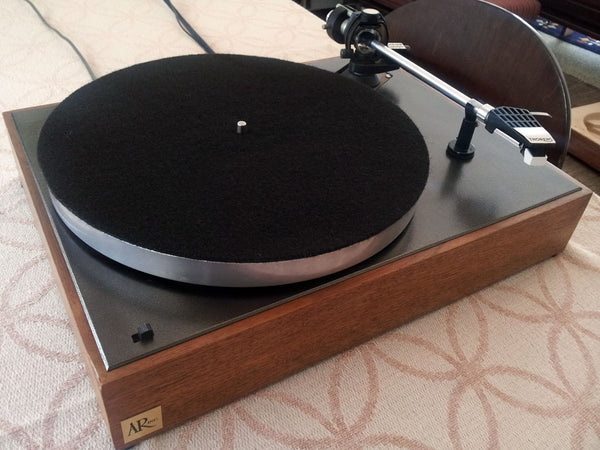
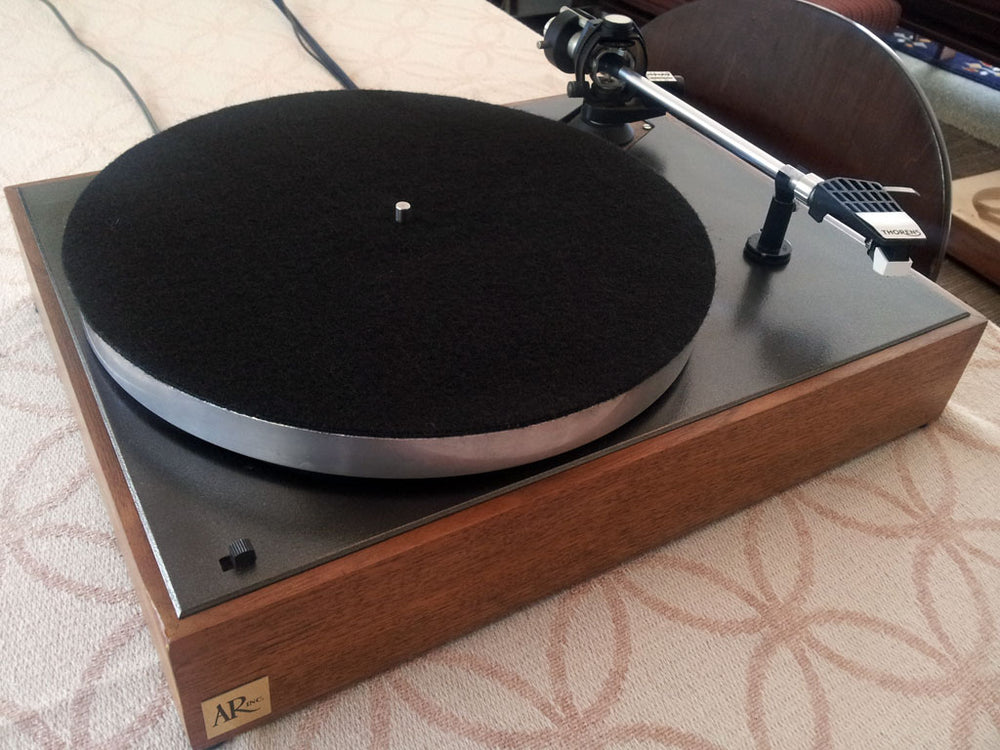





 I’m very hard-pressed to describe this music to you, but fortunately, if you have Qobuz, you can hear it right now – this is one of the great things about the moment we are in (while simultaneously being devastating to my bottom line). A cross between sort-of hypnotic rhythms, chanting, singing, droning, and big synthesizer sweeps – all captured on tape and delivered to the faithful on cassettes before Luaka Bop saw fit to give it an allegedly wider release. (A perusal of Qobuz will give you an overview of Coltrane’s oeuvre – titles such as “Journey in Stachidananda” and “Translinear Light.” (Those titles may suggest whether you’ll be interested or not.)
Here's a link to some of the music:
https://www.youtube.com/watch?v=0Yh59k4SnHQ&list=PLZN-Qk4Q9ORCMis_jSU11YfGfr1GMyoyW
So why did I choose to write about Coltrane, and this album in particular? Well, I’d love to turn you on. And again, it’s also hard to describe – but I have, for many, many years, been drawn to what we might call music of ecstasy. I realize that the description should really be suitable for literally all music, depending upon what makes one ecstatic. So let’s qualify it a little bit:
By music of ecstasy, I mean, at least for this discussion, music in which the performer is in a state of ecstasy. The very best example I can think of is Mahalia Jackson, with Aretha Franklin drawing a close second place. When you hear Jackson sing “I’m Gonna Live the Life I Sing About in My Song,” there’s little doubt as to what’s going on inside the singer.
There are all sorts of ecstatic vocal music – Indian is, I suppose, my number one choice of listening, along with gospel music (and I note with absolutely no trace of irony whatsoever that Leon Russell and Delaney Bramlett brought the feel of gospel into rock and roll, and made it way more appealing to me – although I didn’t know that until I saw Leon live, and luckily I saw him about six months after I took up bass). But it’s to be found literally everywhere, from villages to cathedrals; from “folk” music to Bach and Monteverdi and Beethoven; even them Fabs. And so…
This album is ecstatic music, even the calmer pieces, and it draws me deeply in. I suppose one term for it might be meditative, although that’s a cliché that, again, can apply to almost any kind of music, even punk. Some of the vocals are semi-mass choir, some are Coltrane, some are a man (presumably John Paduranga Henderson). Are the vocals the point of the music? Sure – as is everything else. And I have no idea what’s being said. My Sanskrit, if that’s what this is, is virtually nil. Does it matter? Not to me – I think I’ve written before that I have what Brian Eno many years ago told me he had: “meaning myopia.” (I listen to a lot of music sung in Hindi, Urdu and Sanskrit.)
I’ve tried to find out how The Ecstatic Music Of Alice Coltrane Turiyasangitananda was recorded, but no luck. Most of the record sounds like it was recorded on a pair of incidental mics in live in the room in a service, but I don’t really know. Some of it was also obviously done in a home studio – it’s a mixture, and it doesn’t really matter. You also get quite a bit of Coltrane’s organ pedals.
But what I can tell you is that if this has piqued your interest, hear it.
Header image courtesy of
I’m very hard-pressed to describe this music to you, but fortunately, if you have Qobuz, you can hear it right now – this is one of the great things about the moment we are in (while simultaneously being devastating to my bottom line). A cross between sort-of hypnotic rhythms, chanting, singing, droning, and big synthesizer sweeps – all captured on tape and delivered to the faithful on cassettes before Luaka Bop saw fit to give it an allegedly wider release. (A perusal of Qobuz will give you an overview of Coltrane’s oeuvre – titles such as “Journey in Stachidananda” and “Translinear Light.” (Those titles may suggest whether you’ll be interested or not.)
Here's a link to some of the music:
https://www.youtube.com/watch?v=0Yh59k4SnHQ&list=PLZN-Qk4Q9ORCMis_jSU11YfGfr1GMyoyW
So why did I choose to write about Coltrane, and this album in particular? Well, I’d love to turn you on. And again, it’s also hard to describe – but I have, for many, many years, been drawn to what we might call music of ecstasy. I realize that the description should really be suitable for literally all music, depending upon what makes one ecstatic. So let’s qualify it a little bit:
By music of ecstasy, I mean, at least for this discussion, music in which the performer is in a state of ecstasy. The very best example I can think of is Mahalia Jackson, with Aretha Franklin drawing a close second place. When you hear Jackson sing “I’m Gonna Live the Life I Sing About in My Song,” there’s little doubt as to what’s going on inside the singer.
There are all sorts of ecstatic vocal music – Indian is, I suppose, my number one choice of listening, along with gospel music (and I note with absolutely no trace of irony whatsoever that Leon Russell and Delaney Bramlett brought the feel of gospel into rock and roll, and made it way more appealing to me – although I didn’t know that until I saw Leon live, and luckily I saw him about six months after I took up bass). But it’s to be found literally everywhere, from villages to cathedrals; from “folk” music to Bach and Monteverdi and Beethoven; even them Fabs. And so…
This album is ecstatic music, even the calmer pieces, and it draws me deeply in. I suppose one term for it might be meditative, although that’s a cliché that, again, can apply to almost any kind of music, even punk. Some of the vocals are semi-mass choir, some are Coltrane, some are a man (presumably John Paduranga Henderson). Are the vocals the point of the music? Sure – as is everything else. And I have no idea what’s being said. My Sanskrit, if that’s what this is, is virtually nil. Does it matter? Not to me – I think I’ve written before that I have what Brian Eno many years ago told me he had: “meaning myopia.” (I listen to a lot of music sung in Hindi, Urdu and Sanskrit.)
I’ve tried to find out how The Ecstatic Music Of Alice Coltrane Turiyasangitananda was recorded, but no luck. Most of the record sounds like it was recorded on a pair of incidental mics in live in the room in a service, but I don’t really know. Some of it was also obviously done in a home studio – it’s a mixture, and it doesn’t really matter. You also get quite a bit of Coltrane’s organ pedals.
But what I can tell you is that if this has piqued your interest, hear it.
Header image courtesy of 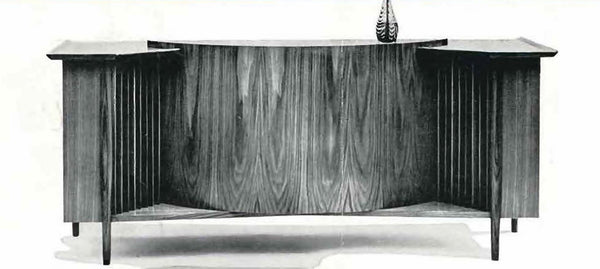
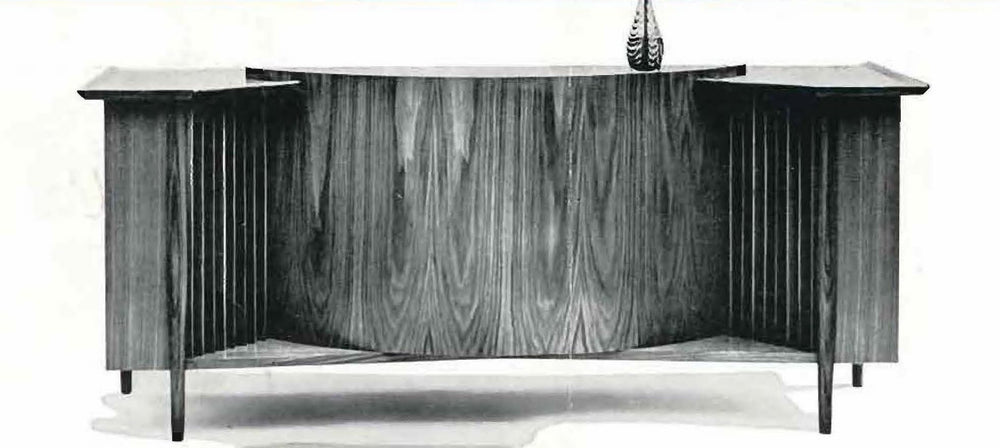



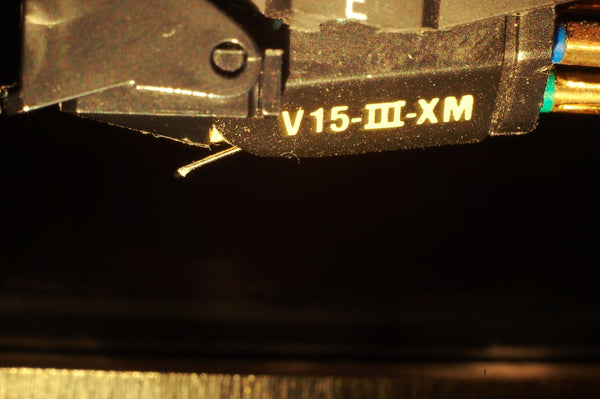
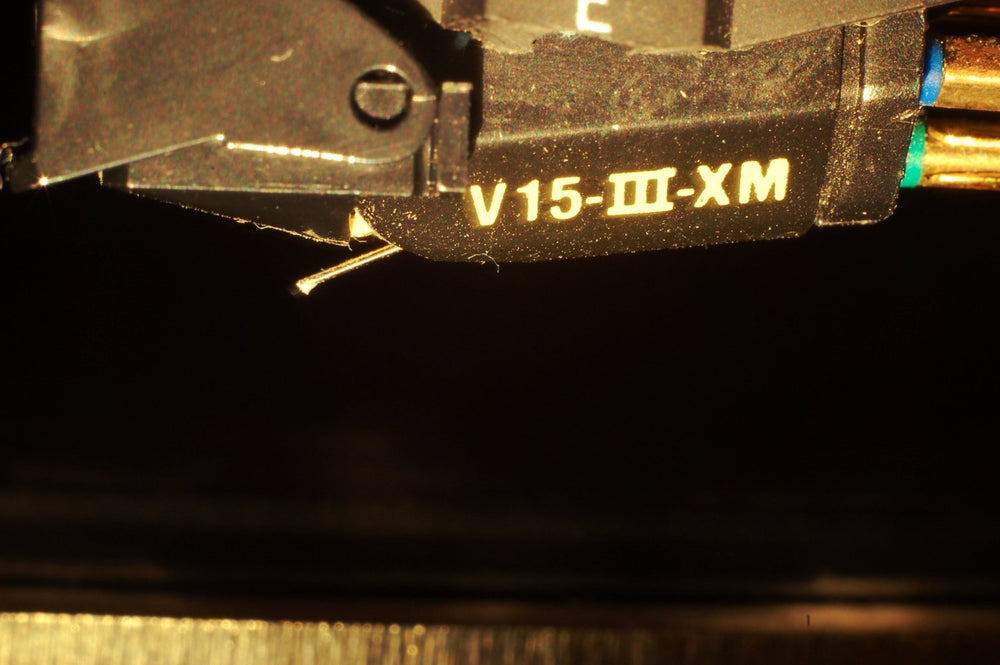
 Audio-Technica AT12XE moving magnet cartridge cantilever close-up.
Audio-Technica AT12XE moving magnet cartridge cantilever close-up. AT12XE dual magnet assembly close-up. Photo courtesy of Agnew Analog Reference Instruments.
AT12XE dual magnet assembly close-up. Photo courtesy of Agnew Analog Reference Instruments.
 AT12XE pole pieces visible with cantilever assembly removed.
AT12XE pole pieces visible with cantilever assembly removed. AT12XE dual magnet assembly and Bell 610 gauss meter. Photo courtesy of Agnew Analog Reference Instruments.
AT12XE dual magnet assembly and Bell 610 gauss meter. Photo courtesy of Agnew Analog Reference Instruments.
 Internal view of the Grado Statement moving iron cartridge. Photo courtesy of Epos Laboratory Retip.
Internal view of the Grado Statement moving iron cartridge. Photo courtesy of Epos Laboratory Retip.
 Coil assemblies from a dissected moving iron cartridge. Photo courtesy of Agnew Analog Reference Instruments.
Coil assemblies from a dissected moving iron cartridge. Photo courtesy of Agnew Analog Reference Instruments.
 EMT TDS15 moving coil cartridge. Photo courtesy of George Vardis.
EMT TDS15 moving coil cartridge. Photo courtesy of George Vardis.
 Brass insert to a low cost plastic bodied cartridge, demonstrating the importance of the total mass.
Brass insert to a low cost plastic bodied cartridge, demonstrating the importance of the total mass.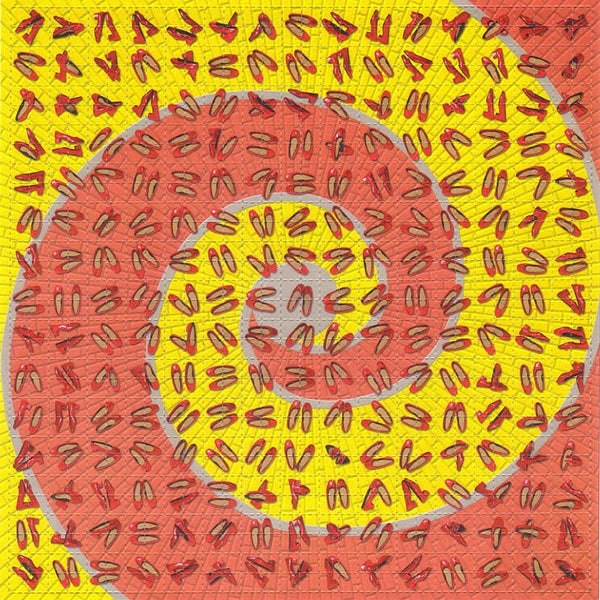
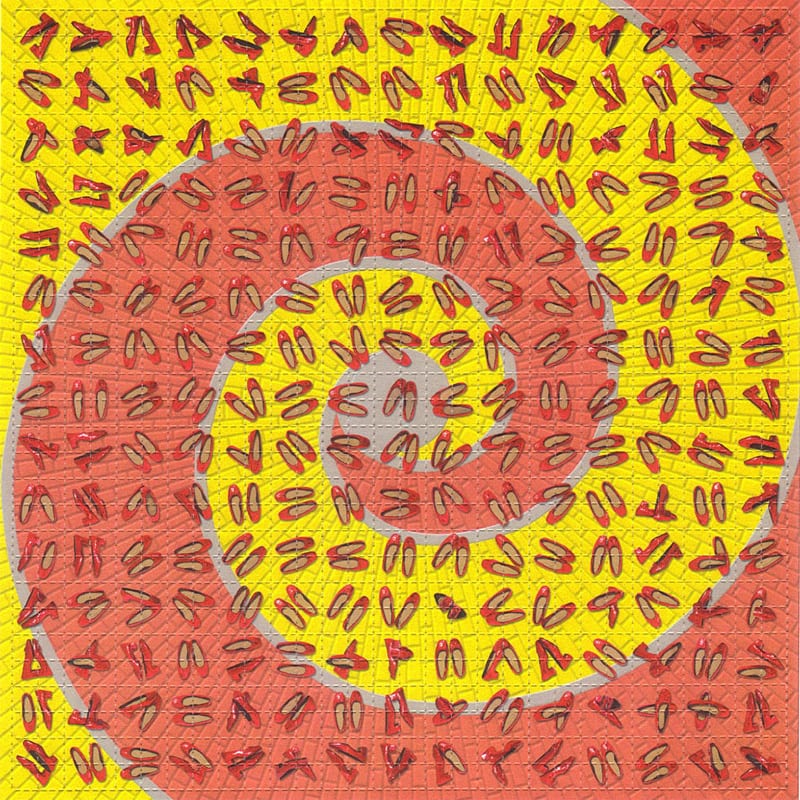
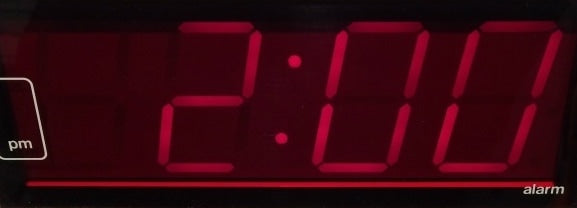
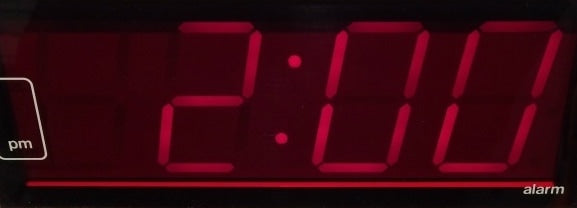
 Acoustic Research AR-3 loudspeakers.
Acoustic Research AR-3 loudspeakers. Dynaco PAS-3 preamplifier.
Dynaco PAS-3 preamplifier.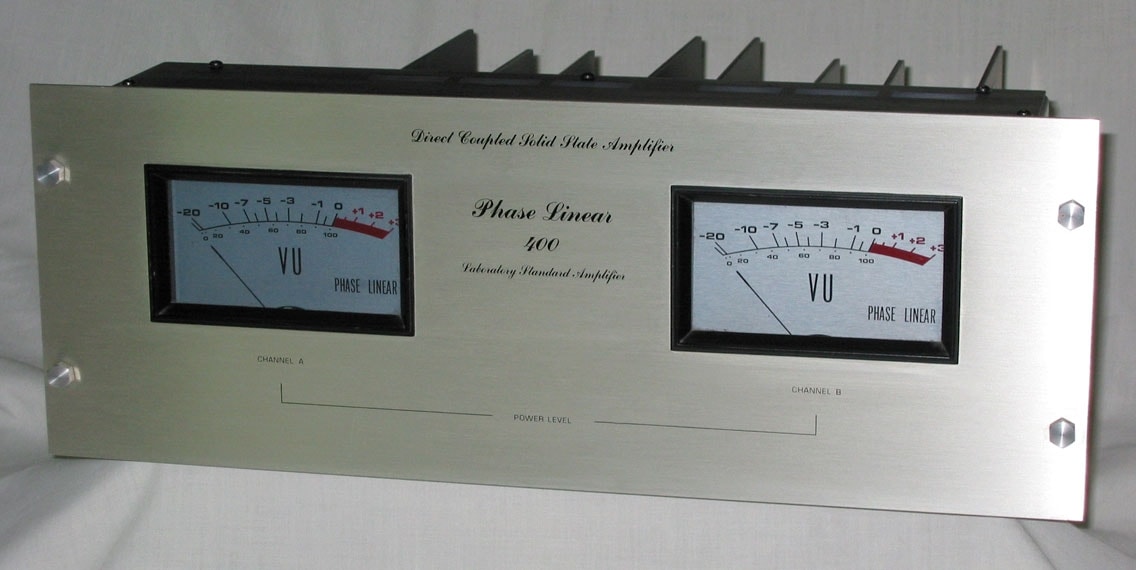 Phase Linear 400 amplifier.
Phase Linear 400 amplifier. The Tice TPT Clock. Photo courtesy of the
The Tice TPT Clock. Photo courtesy of the 



 The Goldmund Reference turntable with T3F arm.
The Goldmund Reference turntable with T3F arm. Tensor lamp. Courtesy of
Tensor lamp. Courtesy of 


